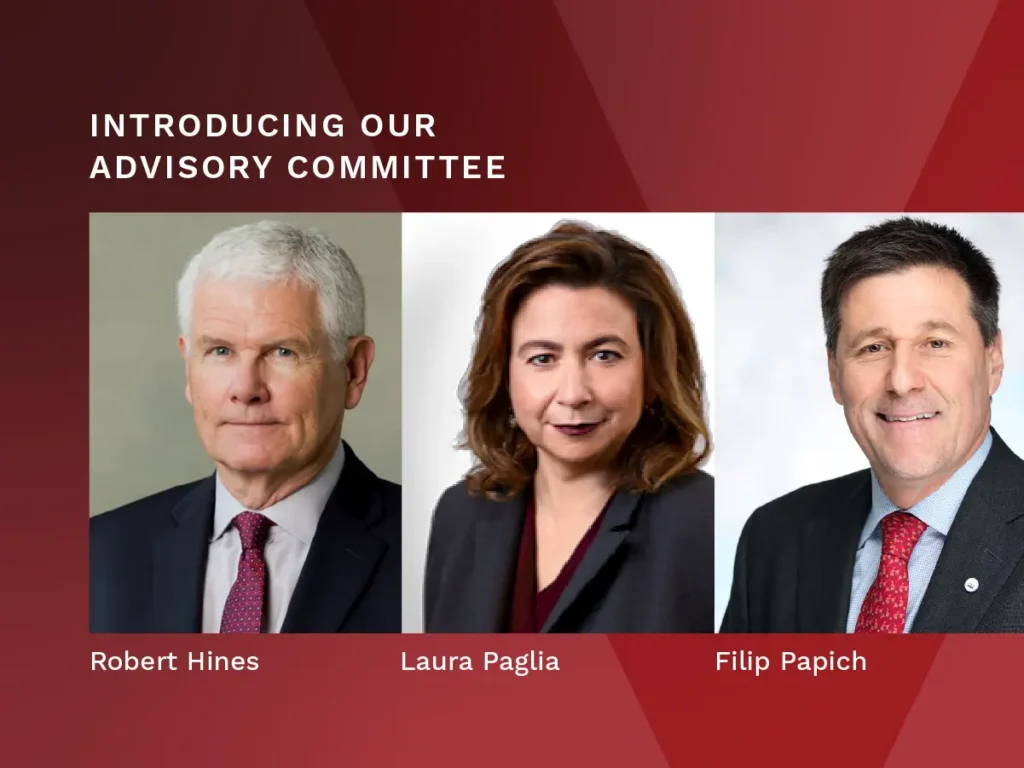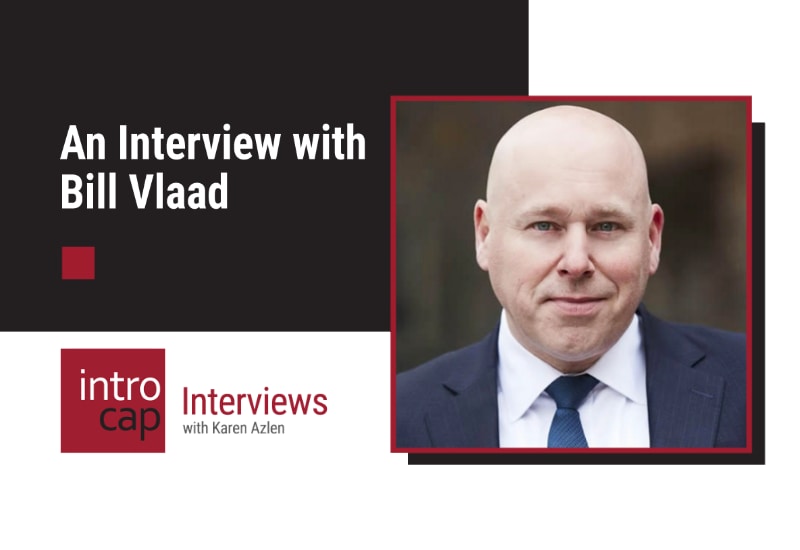Diversity, equity, and inclusion (DE&I) have been shown to improve creativity and productivity within a firm, and to engender stronger ties to customers, suppliers, and other stakeholders. Perhaps most important, DE&I is known to enhance culture and add to the well-being of employees.
Unfortunately, companies can’t just quickly hire their way into a culture of diversity and inclusion overnight. Nor is it enough to simply rejig company policies to become DE&I compliant. Employers must first understand–and if necessary, address–their own cultural gaps, internal attitudes towards diversity, and receptiveness to change. Only then can hiring initiatives identify talent that complements and is well received by the firm. Finally, to keep it all in place, companies need a structure that ensures best practices are sustained, improved on, and reinforced on an ongoing basis into the future.
Understanding and addressing unconscious bias
Organizations and individuals harbour implicit attitudes, beliefs, and stereotypes about groups that are different from themselves. Think of these as mental short cuts in perceiving and responding to other people. The problem is that these biases tend to cloud information we receive and they can systematically advantage some people at the expense of others. In the hiring context, bias can prevent us from finding and hiring the best candidates.
Biases are persistent, but can be altered with effort. To conquer bias, management needs to lead by being inward-looking, honest, and open-minded. That can be uncomfortable but there are tools to get us there. Education and participation are key at all levels of the organization. The catalyst for this exercise can be a consultant or full-time hire with the desired background to work alongside the leadership team and inform and evaluate the current business. This takes real commitment and can’t be learned over a couple of lunch meetings. Equity committees can be struck to encourage engagement, allowing sufficient safe space for discussion and feedback. These are normally standing committees that support DE&I in creating positive working environments.
Planning and hiring for DE&I
Employers must build an objective assessment of their talent needs based on the characteristics and qualifications they lack. The context for this is the existing culture and receptivity to difference within the company–there needs to be a fit between the current organizational mindset and potential new hires. companies can’t simply “become” more diverse and inclusive by expanding their cultural make-up through recruitment. The firm must be ready to welcome the new hires, be open to change, and treat difference as a learning opportunity.
Identifying qualified candidates often means that employers will have to alter or add to their search and referral sources in order to find more diverse candidates. Our own referral networks tend to be filled with people like “us.” This can result in a talent pool that entrenches “sameness,” even to the point of nepotism. Employers need to recognize that diverse candidates will not appear on their radar screen unless they can tap sources, contacts, or advisors with access to a much broader universe of eligible hires.
Retaining and reinforcing equity and inclusion
Once you’ve done all the work to build up your diverse workforce you don’t want to lose people for failure to treat everyone equitably. There is a policy aspect to this, which includes review and maintenance of company practices, including salaries, incentives, and career advancement. But there is also the cultural aspect, which requires people to feel respected, heard, and included. The latter is often the more difficult task, since cultural diversity necessarily brings added complexity in terms of different social norms, roles, styles, and means of messaging. There’s a heightened risk that employees get their signals crossed. Indeed, the very diversity that companies strive to gain can actually make rapport more challenging. To address this, continual communication should be fostered both formally, through regular meetings and feedback mechanisms, as well as informally, through work team activities and social events.
DE&I brings many benefits to an organization, both tangible and perceived. But these don’t come without a clear appreciation of the company’s existing culture, a willingness to accommodate and embrace people’s differences as they are onboarded, and creating accommodative structures that retain those diverse qualities by reinforcing principles of equity and inclusion going forward.


